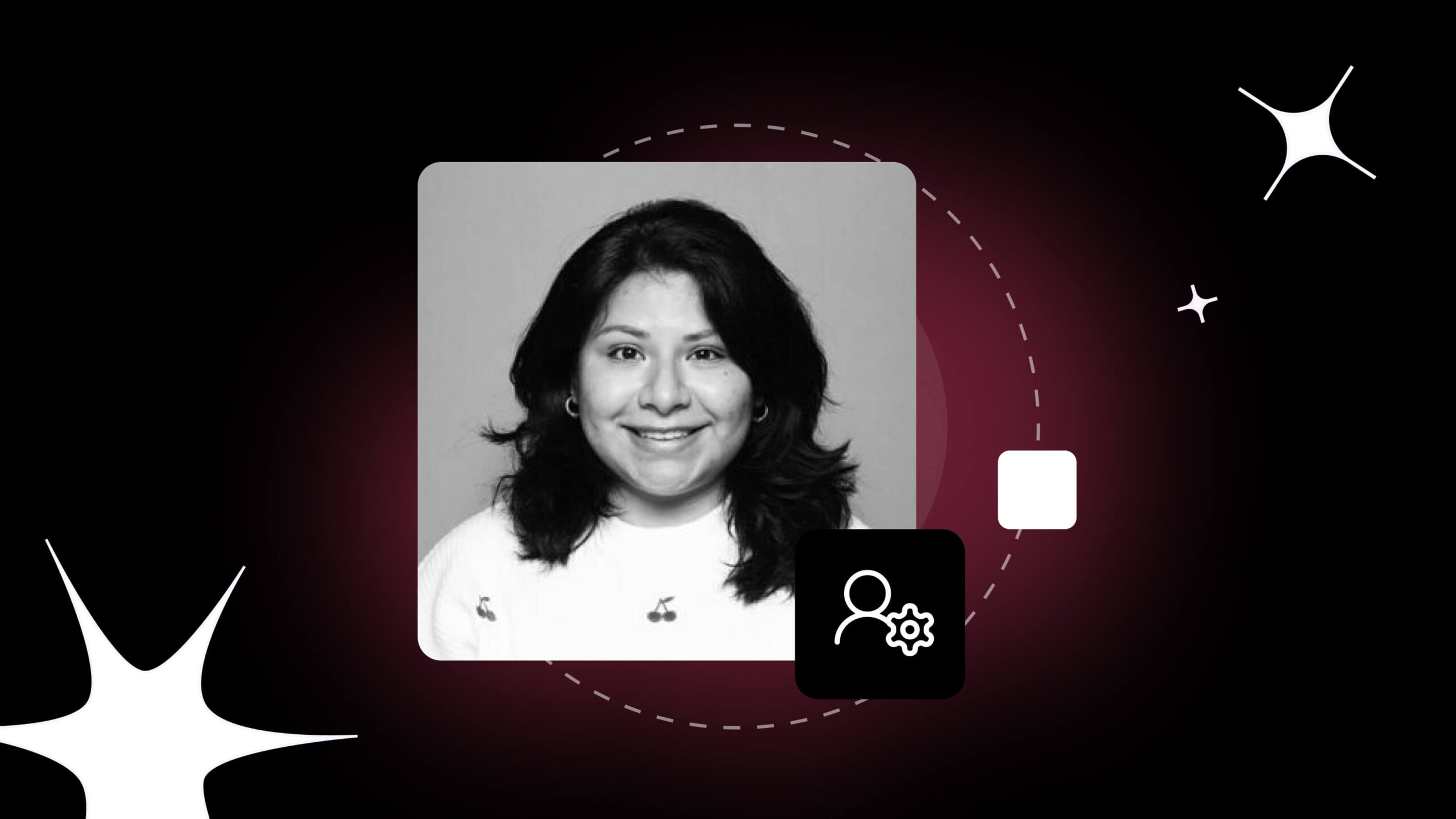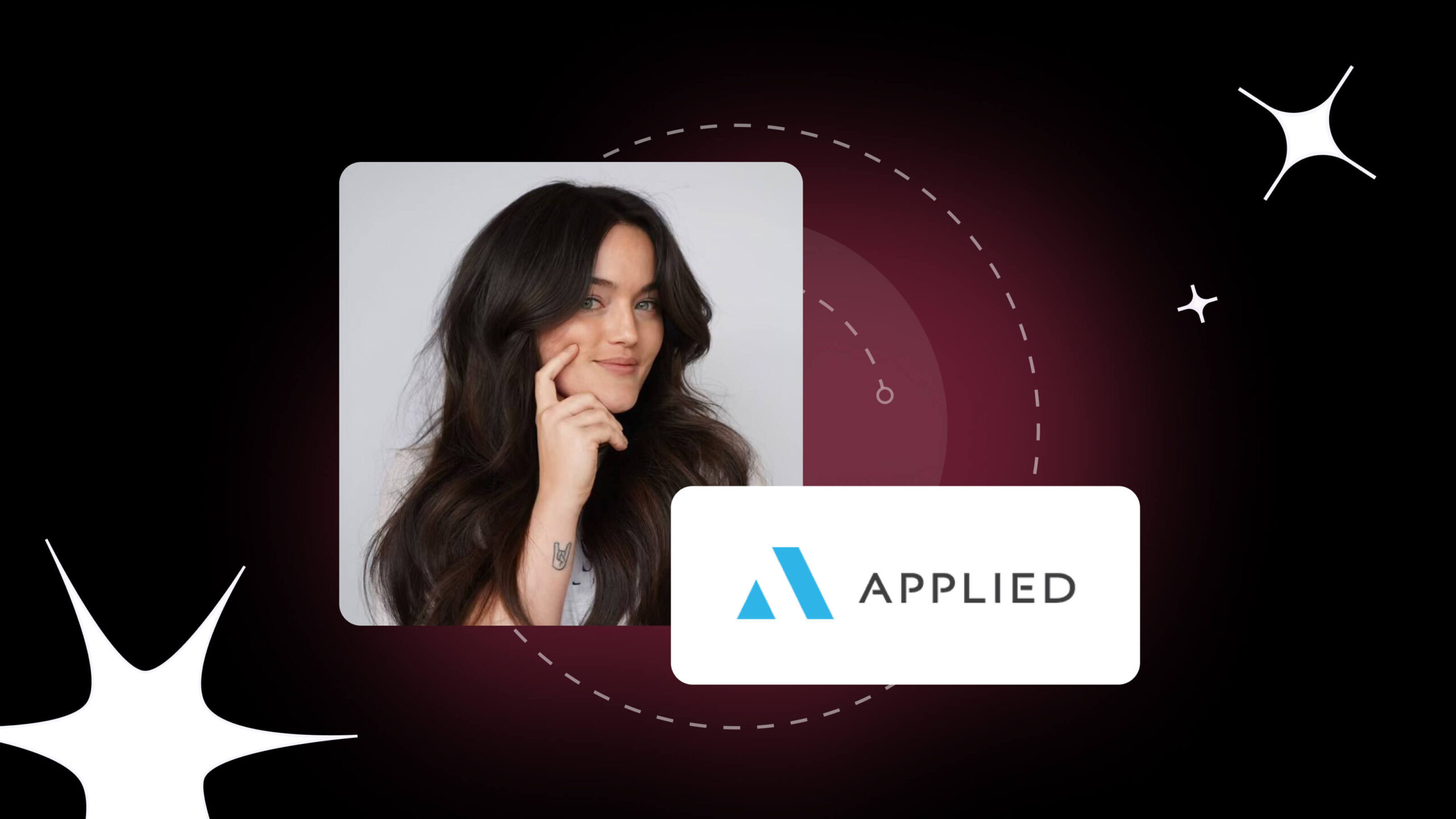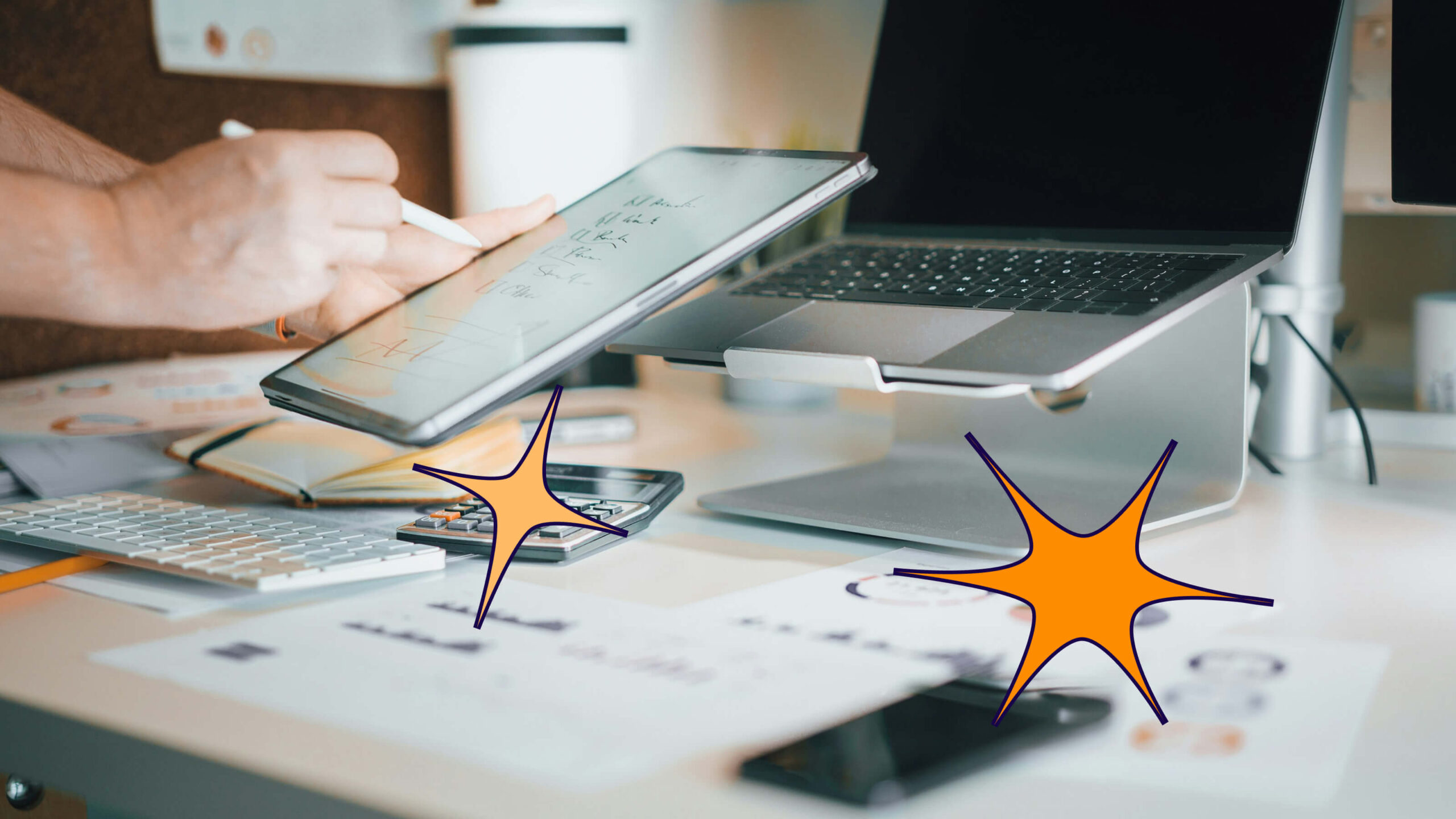
Role: Product Manager
Company: Robinhood
Background: Manuela Rios is a product manager at Robinhood, the fast-growing brokerage giving millions of people access to our financial system. Manuela was born in Bogota, Colombia, grew up in South Florida, and currently resides in San Francisco. Manuela has worked in vastly different verticals (anonymous social media, govtech, and finance), and all of her experiences are bound together by customer-obsessed cultures. As an inside view into her life, the most-used apps on Manuela’s phone are Goat (huge sneakerhead), Chipotle (gluten-free paradise), and Notes (always documenting new ideas or travel recs).
How did you get into the PM field?
I always want to say that I was born a PM. Let me explain. My mom is a full-time mixed media artist and my dad is a systems engineer. Throughout my childhood, my parents spent their time stretching both sides of my brain, whether it was by encouraging me to participate in art contests or pushing me to learn to code. Looking back, the real indication that I would end up in product management was that, at the age of six, I’d send my Christmas lists in the form of PowerPoint presentations.
Given that no one explicitly tells you, “Hey, you should be a product manager,” when you’re growing up, I took computer science courses in high school and then went into college as a CS major. I was particularly interested in iOS development because I could immediately get feedback from people on the apps I was building. Then I could use that feedback to power even better experiences. It wasn’t until junior year that I took my first human-centered design course. That’s when I was sold on what was a fairly new concept to me: human-computer interaction. I loved the science behind understanding humans and their behaviors, so much so that I abruptly changed my major and stacked my remaining months with design and cognitive science courses.
At this point, I knew that I wasn’t the best engineer and that I didn’t want to be a full-time designer. In a twist of events, while I didn’t make the cut for an engineering internship with a popular startup at the time, the interviewer, the VP of engineering, had enough faith in me and introduced me to the VP of product. Weeks later, I joined as a product intern and got to set up the startup’s first UX program and PM several features. I fell in love. Months later, I got back to college, applied to tens of PM roles, and decided to graduate early. Four years later, I’m still happier than ever talking to customers, jamming with engineers, and learning from the best designers out there.
What’s the most gratifying part of being a PM? The least gratifying?
There is absolutely nothing like working on a real problem where the solution makes an impactful difference in people’s lives. When I get the chance to talk to customers and see first-hand how something I worked on has positively affected their lives … wow, there’s nothing quite like that emotion. In recent months, I’ve seen this gratification come at a much larger scale. I’ve seen my startup truly lead positive change in the existing financial ecosystem — it really is an incredible feeling.
I had a hard time thinking through what I would define as being the least gratifying part of being a PM. Every example I came up with, such as meetings, updates, and spreadsheets, are all necessary inputs for a successful product. For me, every part of my role is gratifying as long as it’s time being spent focused on the customer.
What productivity hacks do you live by?
I’m a huge fan of having a written Trello board for the big projects that I’m working on. It might seem nonsensical to do this in a notebook when there are so many tools out there. But the reality is that emotions are intensified when you are doing something with paper and pen rather than with a screen and a mouse. For instance, it is more gratifying to cross off a project with a pen and it is more painful to look back on last Monday’s board and see that a project hasn’t moved. Writing projects down and classifying them by stage also helps me determine where and how I should devote my time during the week.
Though my colleagues think I’m out of my mind for doing so, I also leave browser tabs open for small yet critical tasks that are unfinished. It’s easy to track big projects and large bugs, but it is much harder to stay on top of those smaller items. I believe that follow-through is unbelievably important to build trust. So I’ll keep tabs open for these smaller yet critical tasks and make sure that I’m checking them every week to see if there are any updates. This may lead you to ask, how many tabs does she have open then!? The answer is 76, so it’s safe to say that this “hack” is definitely not for everyone.
What’s the best way to keep your team motivated?
I am a huge cheerleader for my team. Even though I don’t drink coffee, I have a lot of natural energy that I channel into my projects. While optimism and vibrant energy are very important, I believe the best way to keep a group motivated is for every member to have a crystal-clear understanding of why they are coming into the office every day. Of course, every project should have a clear goal, but the most powerful tool is to connect the team with the customer/end user. Understanding a customer’s pain points and translating that to how a current solution will help is the best way to get a team excited. In the end, we’re all here for our customers. If the team understands the problem we’re trying to solve and how their contribution will move it forward, then we all win.
If you could work on any problem and develop a product for it, what would it be?
If I could work on any problem and develop a product for it, I’d still be where I am now. I’m grateful to have found a role at a company with an incredible mission and a strong focus on our growing customer base. At Robinhood, our mission is to democratize access to the financial system. As a female and a first-generation immigrant, I feel very driven and excited by this mission. The goal of opening up access to the financial system is ambitious, inclusive, and service-oriented. I want to live in a world where investing isn’t only for the wealthy. I want to live in a world where people aren’t deterred by financial jargon to participate in the greatest tool for generational wealth. And I want to live in a world where women are participating as actively as men.
What consumes the majority of your mental space during the day?
I am constantly asking myself, “Does the team have everything they need to move forward on X, Y, and Z?” Because I’m not the one directly building or designing the product, I have to make sure that I am doing my best to unblock any obstacles for everyone who is. I spend the majority of my mental space making sure that the team has a clear path forward and questions are answered, specs are clearly defined, decisions are being made, and dependencies on other teams are handled properly.
What’s your go-to jam when you need to concentrate on a difficult task?
Not-so-guilty pleasure, but definitely Justin Bieber.
What advice do you have for aspiring PMs?
Product management is incredibly stimulating but at times very frustrating. There’s not one defined path for a PM and it is up to you to determine what you need to change and learn to keep improving and growing. Every project is different, and tactics that worked with some teams may fail miserably with others. Because of this, it is easy to feel incredible at your job one day, and the worst the next. This is not necessarily advice, but rather a reminder that these feelings are completely normal! If anything, it’s extra exciting to work in a role where there is no end but make sure that the rollercoaster of emotions doesn’t burn you out. Meet with other PMs, take breaks when you need them, and try to find a hobby that allows you to have space outside of work.


